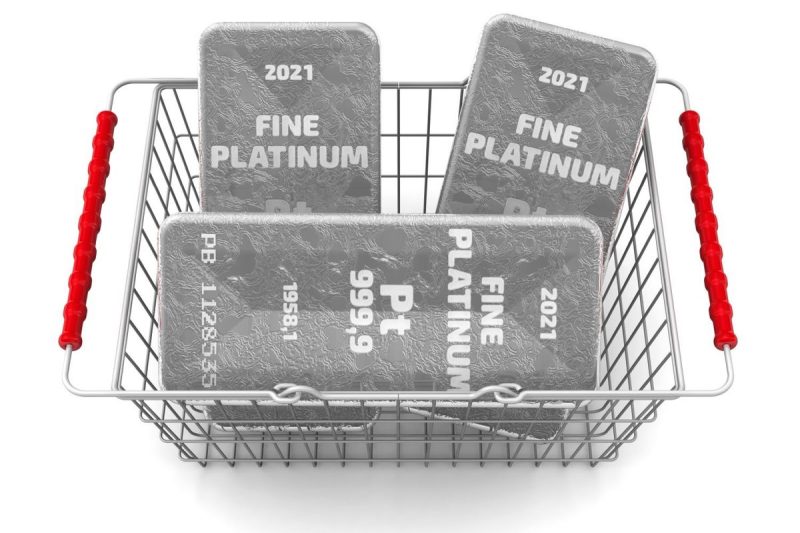
The platinum sector is projected to experience a significant industry deficit in 2024, marking the second consecutive year where demand for the precious metal far outpaces supply.
In its latest Platinum Quarterly, the World Platinum Investment Council (WPIC) predicts that the deficit will exceed 1 million ounces this year, with supply forecast to drop by 1 percent and demand expected to grow by 3 percent.
Global platinum supply is projected to fall to 7.09 million ounces in 2024, 8 percent less than the 10 year average. The decline is attributed to reduced mined supply, particularly from South Africa and Russia.
Despite a 4 percent uptick in the second quarter of this year, South Africa’s mined output for 2024 is expected to fall by 2 percent, leading to total mined supply of 5.51 million ounces, which is a four year low.
On the demand side, platinum consumption is projected to rise in 2024, driven by growth in the investment, jewelry, industrial and automotive sectors. Investment demand is expected to increase by 15 percent to 517,000 ounces, supported by rising demand for large bullion bars in China and strong inflows into platinum exchange-traded funds.
Jewelry demand jumped in Q2, exceeding 500,000 ounces and contributing to forecast growth of 7 percent for 2024. Demand was particularly strong growth in India, where fabrication increased by 15 percent year-on-year.
For the full year, demand for platinum jewelry is projected to reach 1.99 million ounces with notable growth in India, Europe and Japan. It is being driven largely due to the widening price gap between platinum and gold.
Platinum industrial demand is seen rising by 1 percent in 2024, reaching 2.37 million ounces. The WPIC says this increase will primarily be driven by a 47 percent year-on-year surge in demand from the glass sector.
Meanwhile, automotive demand for platinum is expected to rise by 1 percent in 2024, despite an anticipated decline in global vehicle production. In its report, the WPIC attributes this growth to the increasing adoption of hybrid vehicles and the continued use of platinum-rich tri-metallic catalysts, particularly in North America.
Platinum price rangebound, when will it move?
Despite its strong fundamentals, the price of platinum has stayed rangebound in 2024.
According to the WPIC, this stagnancy is primarily due to an overhang of stockpiled inventories, which stood at 4.03 million ounces as of the end of 2023. These inventories are expected to decline to 3.01 million ounces by the end of 2024, but their presence continues to weigh on the precious metal’s price.
WPIC CEO Trevor Raymond noted that platinum price activity has for a long time been more influenced by sentiment than by supply/demand fundamentals, but said that as aboveground stocks deplete this should change.
He added that Volkswagen’s (OTC Pink:VLKAF,ETR:VOW) ‘Dieselgate’ incident and the rise of electric vehicles have contributed to negativity toward platinum, but said that these feelings are abating.
‘As things stand, while Dieselgate has led to a dramatic decline in diesel passenger vehicle production, growing substitution of platinum into gasoline catalytic converters, coupled with much slower than anticipated electrification, means that automotive demand for platinum is now well above pre-Covid levels,’ Raymond said.
‘Drivetrain electrification is expected to continue to slow, and with increasing hybridisation of the drivetrain, we see sentiment shifting toward higher-for-longer automotive platinum demand,’ he continued.
At the same time, platinum’s role in the hydrogen sector is a point of optimism.
Continued allocation of government subsidies and incentives for hydrogen-based technologies, particularly in Europe and North America, are expected to support further growth in platinum demand from the hydrogen sector.
Securities Disclosure: I, Giann Liguid, hold no direct investment interest in any company mentioned in this article.














